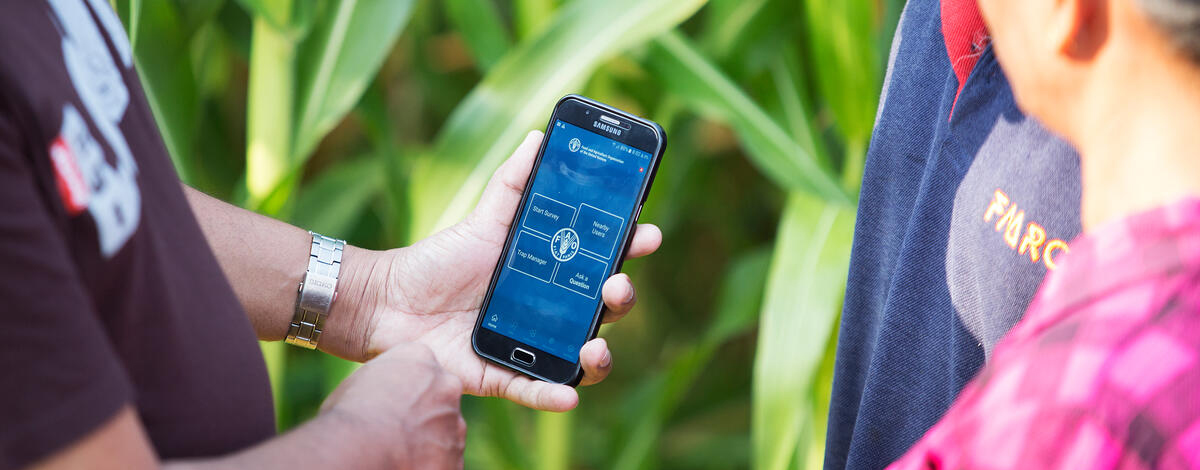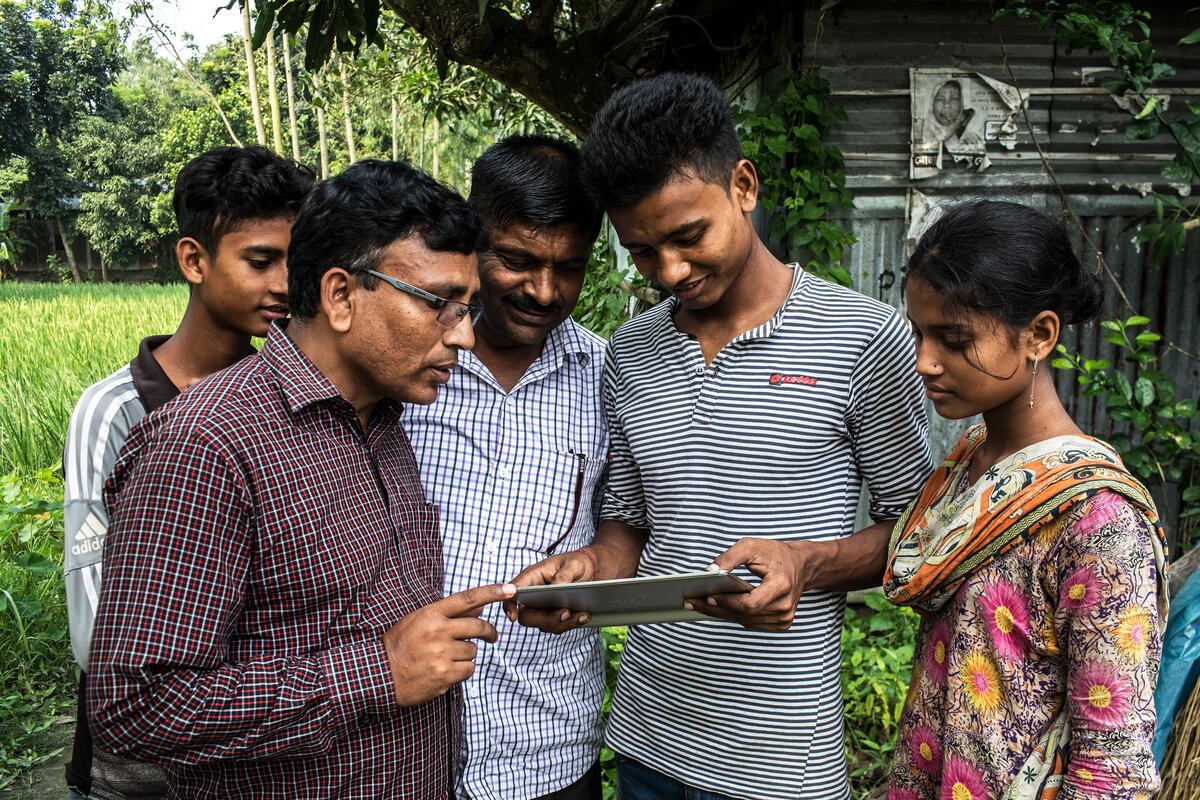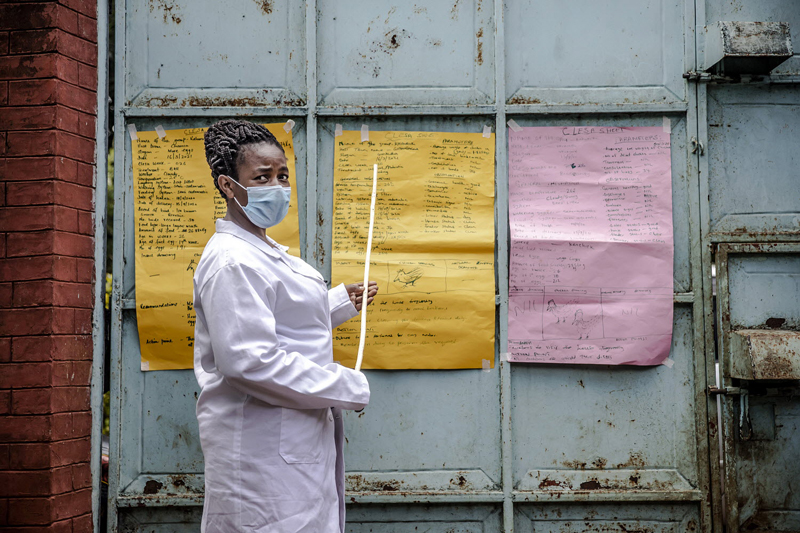
Integration of information systems to support animal disease intelligence
Animal health is not only crucial for the well-being of livestock, but it also directly affects human health, food security and economic stability. In today's interconnected world, animal diseases can easily cross borders, making their control more challenging. The need for integrated information systems that can support timely and accurate disease intelligence is becoming increasingly vital. However, the lack of coordination and the presence of fragmented, incompatible tools have hindered the full potential of such systems.
Challenges in animal disease intelligence
One of the most significant challenges facing animal disease intelligence today is the proliferation of siloed information systems. Various organizations and countries often use different platforms and tools that do not easily communicate with each other, leading to inefficiencies and duplication of effort. For example, field-level data collection, disease monitoring, and early warning systems may all operate in separate “silos,” making it difficult to compile and analyze information from multiple sources in a unified manner.
In addition, the absence of standard frameworks or guidelines on data storage, management, and sharing has led to fragmented systems. This fragmentation often results in incomplete or delayed responses to animal health crises, which can exacerbate the spread of diseases, especially across borders.
Another challenge is the lack of comprehensive, community-based surveillance systems. While surveillance at national and regional levels is important, disease intelligence often relies heavily on front-line animal health workers. These workers, who are crucial in detecting and reporting diseases at the community level, often lack access to the necessary data or tools to efficiently carry out their work. Data collected by community health workers can be underutilized, contributing to gaps in overall surveillance efforts.
To overcome these challenges, key priorities were identified during a Regional Technical Consultation on Integration of Information Systems to Support Animal Disease Intelligence in February 2025 in Botswana that need to be addressed to support the more effective integration of information systems that underpin animal disease intelligence.
1. Invest in community-based surveillance
Community-based surveillance is essential for early detection and response to animal diseases. This involves engaging local communities and front-line animal health workers, such as veterinarians, para-vets and community animal health workers (CAHWs), in the data collection and monitoring process. These workers are often the first to notice disease outbreaks, especially in remote or rural areas.
To enhance the effectiveness of community-based surveillance, it is crucial to integrate these workers into broader information systems. This would allow for real-time data collection, analysis, and sharing with higher-level authorities. Investing in training and providing these workers with access to the necessary tools and resources can significantly improve disease detection and response.
2. Strengthen cross-border cooperation and data sharing
Animal diseases do not respect national borders, making cross-border cooperation and information sharing essential. One of the biggest hurdles in this area is the lack of well-defined exchange mechanisms between different countries' information systems. Each country may have its own system for collecting and reporting data, which can lead to inconsistencies and gaps in disease intelligence.
To address this, there is a need to establish guidelines for cross-border data sharing. These guidelines should focus on ensuring data can be exchanged efficiently and securely between neighboring countries. Integrating existing national systems with international platforms, such as FAO’s EMPRES-i+ or the open source DHIS2 system, can help streamline disease intelligence, making it easier to track disease outbreaks and implement coordinated responses.
3. Promote advocacy for animal health surveillance
Advocacy is another critical priority for improving animal disease intelligence. Decision-makers at national and regional levels must understand the economic and public health implications of animal diseases. Effective advocacy can help raise awareness about the importance of animal health surveillance and the potential return on investment from improved disease prevention and early detection systems.
The legislative environment must support the development of robust animal health surveillance systems. This should ensure that relevant laws and regulations facilitate data collection, sharing, and analysis, rather than act as barriers. Promoting a One Health approach, which recognizes the interconnectedness of human, animal, and environment health, is also crucial for creating a holistic framework for disease surveillance and response.
4. Capacity building and workforce development
A well-trained workforce is key to the successful implementation of integrated disease intelligence systems. However, many countries, particularly those with limited resources, face challenges in building the necessary capacity to manage complex surveillance and early warning systems.
Investing in training programs for veterinarians, epidemiologists, and animal health professionals can significantly enhance the effectiveness of disease intelligence systems. These programs should focus not only on technical skills, such as disease recognition and reporting, but also on systems thinking and data management. Strengthening the capacity of local professionals ensures that disease intelligence efforts are sustainable and can be adapted to local contexts.
5. Interoperability and data standards
For data to be effectively shared and utilized across regions and sectors, standardization is essential. Creating flexible, interoperable systems that can communicate with one another is necessary to break down silos and improve the efficiency of disease monitoring. Developing common standards for data collection, reporting, and analysis can ensure that systems are compatible and that information is accurately shared across countries, sectors, and platforms.
Establishing a framework for data privacy and security is important to ensure that sensitive information is protected while still being accessible to relevant authorities. As animal health data often intersects with public health and trade information, maintaining high standards of data security and privacy will be crucial for building trust and encouraging participation in global disease surveillance efforts.
Find out more

Highlights
The role of information and communication technology for One Health
In the face of growing global health challenges, particularly those arising from the complex interactions between humans, animals, and the environment, information and communication technology (ICT) is a powerful enabler of the One Health approach.

Community of Practice
Information and Communication Technology for One Health
Expand your knowledge and share experiences on existing and emerging ICT solutions that enhance data flow to strengthen One Health frameworks.

One Health intelligence
Operational global One Health intelligence is the first step towards the identification and mitigation of risks against emerging, endemic and epidemic diseases, and threats to environmental health and food security.
